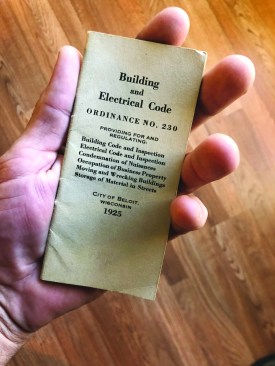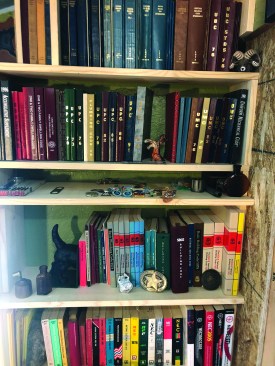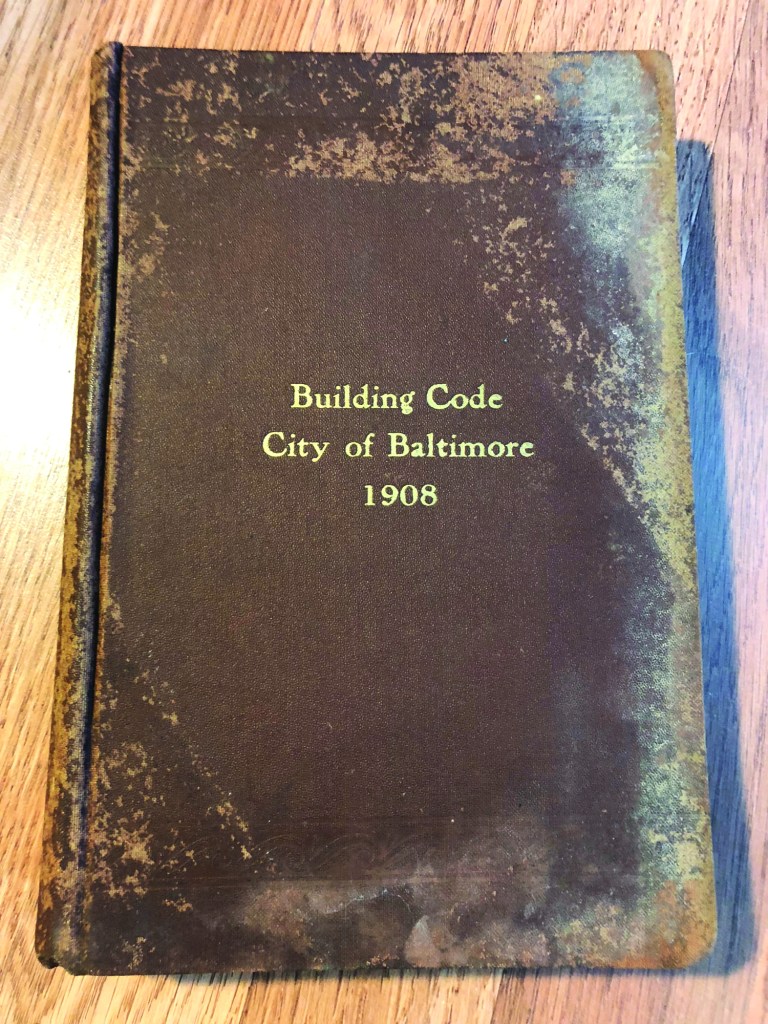
Code pamphlets such as this one from 1925 could be carried in a shirt pocket.
As a code professional, I find myself constantly researching old codes. And that research has led me to collect more than 200 different code books from more than a dozen organizations—and those are just my pre-2000 books, published before the International Code Council’s code became universal. These books include plumbing, electrical, mechanical, building, fire, fuel-gas, and energy-conservation codes. I also have a solar-energy code book from 1979. The oldest book in my collection is the 1908 Building Code City of Baltimore, published in response to the Great Baltimore Fire of 1904 (1).
Older code books are much smaller than those we use today (2). The 1949 Dwelling House Construction is only 40 pages, and the 1976 edition of the Southern Standard Building Code is only 53 pages long—a pamphlet bound together with a couple of staples: “Here, read this and go build a house!” To be fair, that booklet doesn’t include the mechanical, electrical, and plumbing provisions found in the current IRC, with its 962 pages.
Many vintage codes are from organizations that no longer exist or have merged with others. Some merged only to separate again, like ICBO and IAPMO. The tale of the turf wars over who would have the leading code for their trade reveals itself in decades of plumbing codes released every three years.
I started collecting code books more than 10 years ago, and they haven’t been easy to find (3).
The books have no collector value—I’ve never met anyone else who shares my affinity for them. Because old code books are somewhat rare, I occasionally see them listed on eBay for $200 or more, but I try to cap purchases at $25, and often I pay less than that. A long-time mentor who retired recently gave me his collection, which he’d garnered over a long career as a code official. Merging our two collections left me with almost 100 duplicate code books, all pre-2000. I’d love to find another collector to trade them with. In the meantime, I’ll keep buying codes as I find them, along with other inspector collectibles, such as pins, buckles, and badges. Got something I can add to my collection?

Shown here are just two shelves of a collection of more than 200 code books from the 20th century.
Photos by Glenn Mathewson
